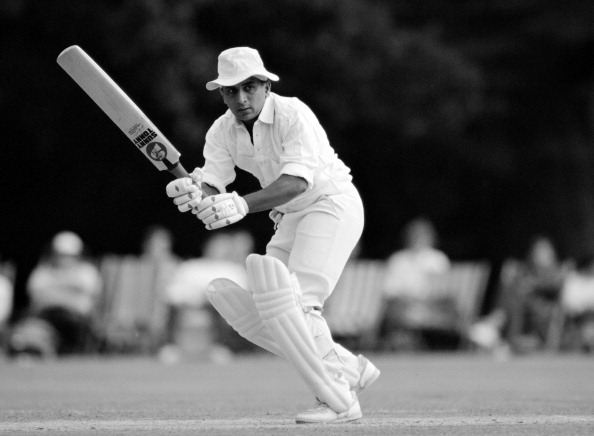India National Cricket Team: India is a cricket-loving nation and there’s no doubt about this fact. We may have Hockey as our national sport but Its Cricket which is the most loved and cherished sports across every corner of the country. Having said that, we can also Ascertain that the Successful Journey of our very own Indian Cricket team, since it came into Existence, contributed big time in making this sports immensely popular amongst Indian Fans.
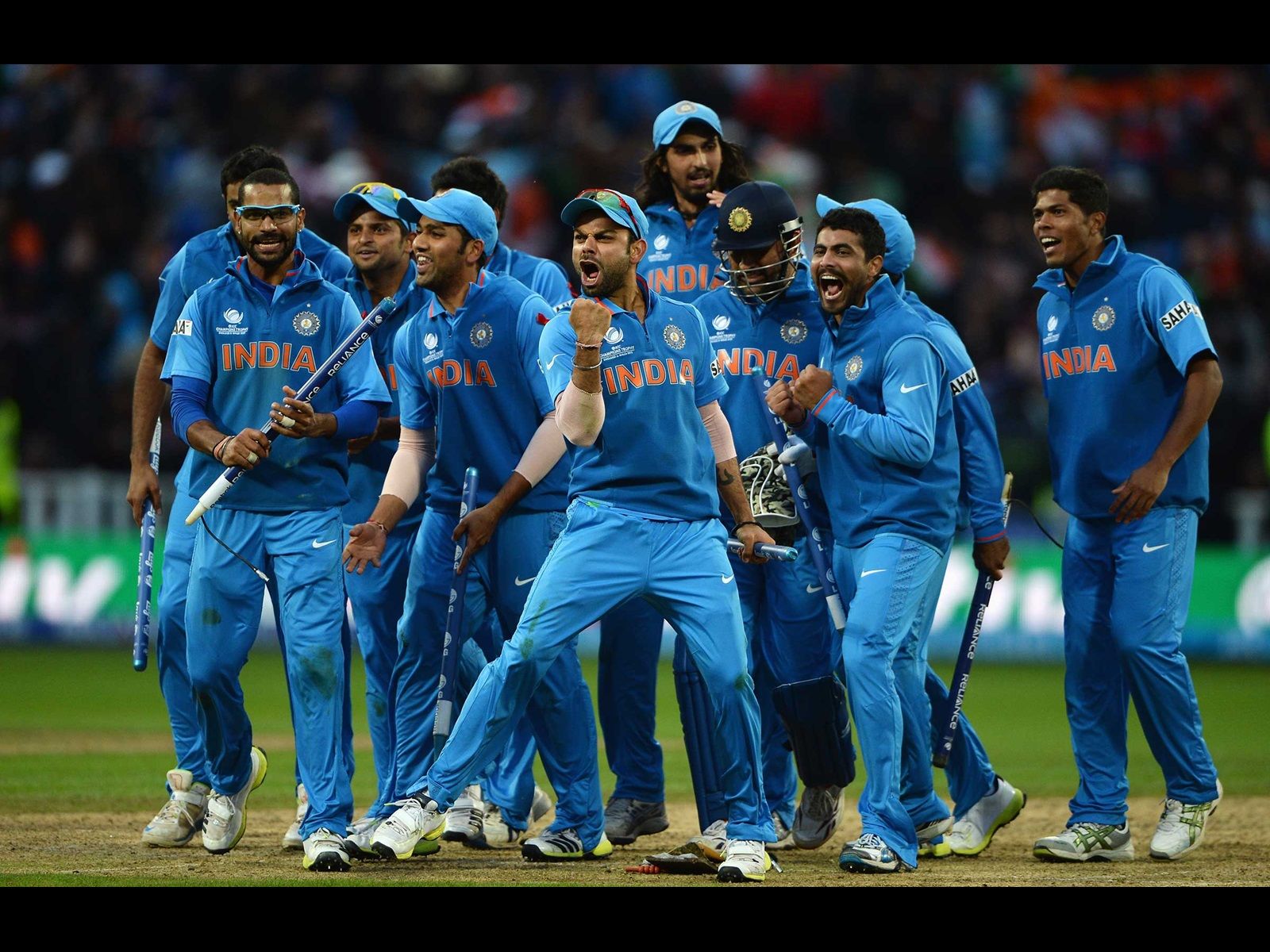
| Month | Tournament Details |
| Jul – Aug 2023 | India Tour of West Indies 2023 Matches: 2 Test, 3 ODI, 3 T20 Venue: West Indies |
| September 2023 | Asia Cup 2023 Matches: 12 ODI and 1 Final match Venue: Sri Lanka | Status: On Schedule |
| Sep – Dec 2023 | Australia Tour of India 2023 Matches: 3 ODI, 5 T20 Venue: India |
| Oct – Nov 2023 | ICC Cricket World Cup 2023 Matches: 48 ODI Venue: India |
| Dec 2023 –Jan 2024 | India Tour of South Africa 2023-24 Matches: 2 Test, 3 ODI, 3 T20 Venue: South Africa |
| Jan – Mar 2024 | India Tour of England 2024 Matches: 5 Test Venue: England |
| July 2024 | India Tour of Sri Lanka 2024 Matches: 3 ODI, 3 T20 Venue: Sri Lanka |
| Sep – Oct 2024 | Bangladesh Tour of India 2024 Matches: 2 Test, 3 T20 Venue: India |
| Oct – Nov 2024 | New Zealand Tour of India 2024 Matches: 3 Test Venue: India |
| Nov 2024 –Jan 2025 | India Tour of Australia 2024-25 Matches: 5 Test Venue: Australia |
| Jan – Feb 2025 | India Tour of England 2025 Matches: 3 ODI, 5 T20 Venue: England |
| Jun – Aug 2025 | India Tour of England 2025 Matches: 5 Test Venue: England |
| August 2025 | India Tour of Bangladesh 2025 Matches: 3 ODI, 3 T20 Venue: Bangladesh |
| September 2025 | Asia Cup 2025 Matches: 13 Matches Venue: TBD |
| October 2025 | West Indies Tour of India 2025 Matches: 2 Test Venue: India |
| Oct – Nov 2025 | India Tour of Australia 2025 Matches: 3 ODI, 5 T20 Venue: Australia |
| Nov – Dec 2025 | South Africa Tour of India 2025 Matches: 2 Test, 3 ODI, 5 T20 Venue: India |
| January 2026 | New Zealand Tour of India 2026 Matches: 3 ODI, 5 T20 Venue: India |
| June 2026 | Afghanistan Tour of India 2026 Matches: 1 Test, 3 ODI Venue: India |
| July 2026 | England Tour of India 2026 Matches: 3 ODI, 5 T20 Venue: India |
| August 2026 | India Tour of Sri Lanka 2026 Matches: 2 Test Venue: Sri Lanka |
| September 2026 | India Tour of Afghanistan 2026 Matches: 3 T20 Venue: Afghanistan |
| Sep – Oct 2026 | West Indies Tour of India 2026 Matches: 3 ODI, 5 T20 Venue: India |
| Oct – Nov 2026 | India Tour of New Zealand 2026 Matches: 2 Test, 3 ODI, 5 T20 Venue: New Zealand |
| December 2026 | Sri Lanka Tour of India 2026 Matches: 3 ODI, 3 T20 Venue: India |
| Jan – Feb 2027 | Australia Tour of India 2027 Matches: 5 Test Venue: India |
Indian Commentators for World Cup
India National Cricket Team Squad for ICC World Test Championship 2023 Final.
Squad:
- Rohit Sharma (captain)
- Ravichandran Ashwin
- KS Bharat
- Shubman Gill
- Ravindra Jadeja
- Virat Kohli
- Ishan Kishan
- Cheteshwar Pujara
- Axar Patel
- Ajinkya Rahane
- Mohammad Shami
- Mohammad Siraj
- Shardul Thakur
- Jaydev Unadakt
- Umesh Yadav
Standby Players:
- Yashasvi Jaiswal
- Mukesh Kumar
- Suryakumar Yadav
India National Cricket Team All-Time Records and Stats
Team wins, losses, draws and ties
India played 563 Test matches resulting in 168 Win, 174 Lost, 220 Draw, and 1 Tie
| Opponent | Matches | Won | Lost | Tied | Draw | % Won | % Lost | % Drawn |
| Afghanistan | 1 | 1 | 0 | 0 | 0 | 100 | 0 | 0 |
| Australia | 102 | 30 | 43 | 1 | 28 | 29.41 | 42.16 | 27.45 |
| Bangladesh | 11 | 9 | 0 | 0 | 2 | 81.81 | 0 | 18.18 |
| England | 131 | 31 | 50 | 0 | 50 | 23.84 | 37.69 | 38.46 |
| New Zealand | 62 | 22 | 13 | 0 | 27 | 35.48 | 20.96 | 43.54 |
| Pakistan | 59 | 9 | 12 | 0 | 38 | 15.25 | 20.33 | 64.4 |
| South Africa | 42 | 15 | 17 | 0 | 10 | 35.71 | 40.47 | 23.8 |
| Sri Lanka | 46 | 22 | 7 | 0 | 17 | 47.83 | 15.21 | 36.96 |
| West Indies | 98 | 22 | 30 | 0 | 46 | 22.44 | 30.61 | 46.93 |
| Zimbabwe | 11 | 7 | 2 | 0 | 2 | 63.63 | 18.18 | 18.18 |
| Total | 563 | 168 | 174 | 1 | 220 | 29.89 | 30.78 | 39.15 |
First Test series wins
| Opponent | Year of first Home win | Year of first Away win |
| Afghanistan | 2018 | YTP |
| Australia | 1979 | 2018 |
| Bangladesh | 2017 | 2000 |
| England | 1961 | 1971 |
| Ireland | YTP | YTP |
| New Zealand | 1955 | 1967 |
| Pakistan | 1953 | 2004 |
| South Africa | 1996 | – |
| Sri Lanka | 1986 | 1993 |
| West Indies | 1978 | 1971 |
| Zimbabwe | 1993 | 2005 |
First Test match wins
| Opponent | Home | Away | ||
| Venue | Year | Venue | Year | |
| Afghanistan | Bangalore | 2018 | YTP | YTP |
| Australia | Kanpur | 1959 | Melbourne | 1978 |
| Bangladesh | Hyderabad | 2017 | Dhaka | 2000 |
| England | Chennai | 1952 | The Oval | 1971 |
| Ireland | YTP | YTP | YTP | YTP |
| New Zealand | Mumbai | 1955 | Dunedin | 1968 |
| Pakistan | Delhi | 1953 | Multan | 2004 |
| South Africa | Ahmedabad | 1996 | Johannesburg | 2006 |
| Sri Lanka | Nagpur | 1986 | Colombo (SSC) | 1993 |
| West Indies | Kolkata | 1974 | Port of Spain | 1971 |
| Zimbabwe | Delhi | 1993 | Bulawayo | 2001 |
Major Honours Won by India National Cricket Team
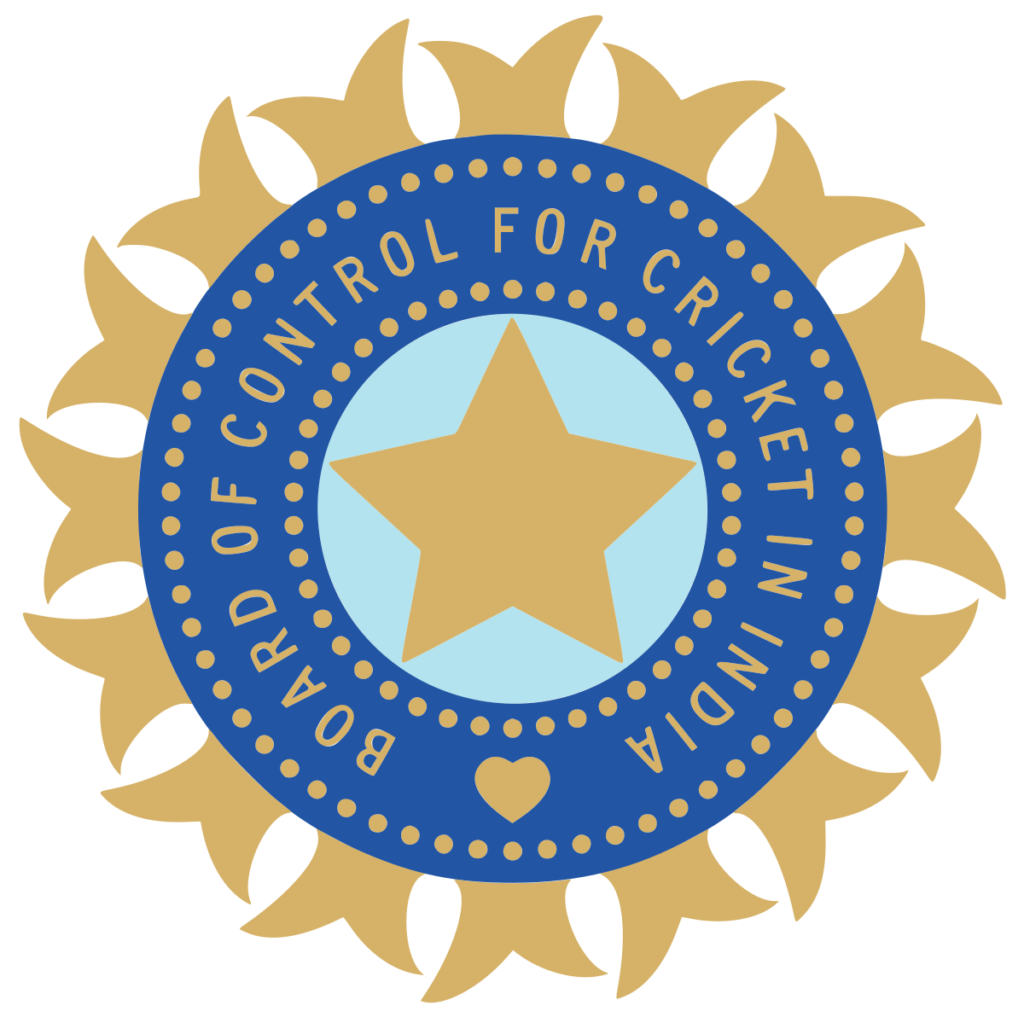
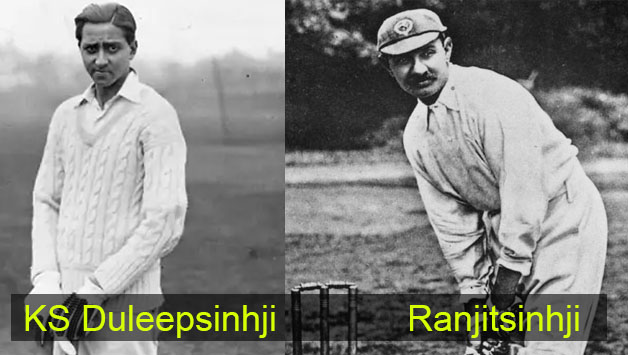
The average Indian’s tryst with Cricket began under the rule of the British, but the love of the game soon caught the heart of the men. For the oppressed and suffering masses, the game brought a wonderful respite and tugged at their imagination and free will. By 1848, India had its first cricket club, the Orient Cricket Club in Bombay, formed by the Parsi Community. Soon enough the world spread and by the turn of the century, Indians were playing an annual quadrangular cricket tournament with Europeans! That was when a few Indians even made it into the English Cricket Team, such was their abilities on the field. At least two of them – Ranjitsinhji and KS Duleepsinhji would later go on to attain legendary status in the country.
The Birth of a Cricketing Nation
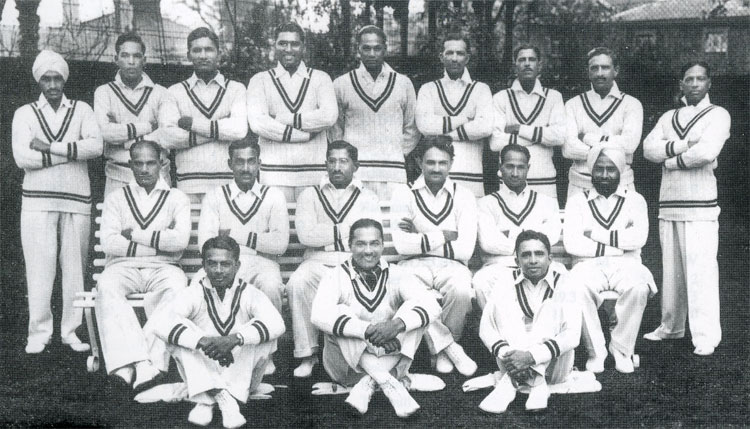
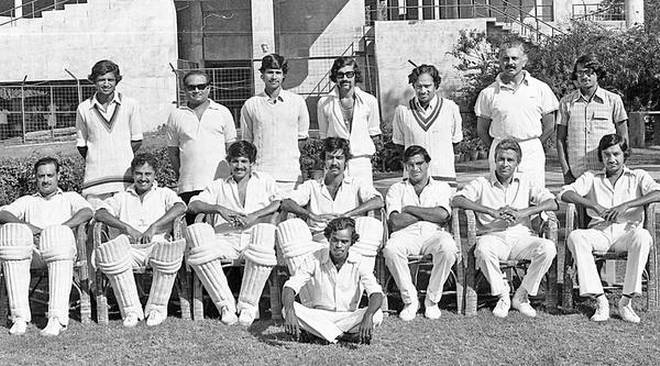
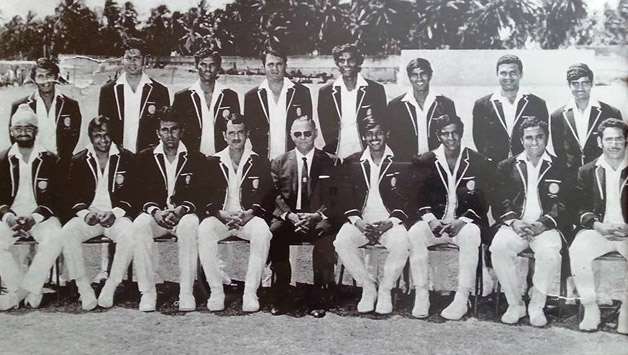
After their first series win away from home, India was fast developing into a powerful team, which had the hallmark of champions embedded deep within. The squad had been injected with the right dose of fresh blood, while also retaining the adequate amounts of wise old experienced heads to form a stellar backbone. It was the time of a young man named Sunil Gavaskar, who had Chandrasekhar and Farokh Engineer, among others, for company. The team had a stellar captain in Ajit Wadekar, a wily and shrewd tactician who was a brilliant leader on the field.
The India National Cricket Team continued their brilliant overseas run by defeating the mighty West Indies in their backyard in 1971, riding the impressing batting performances of Gavaskar and Sardesai. The team went on to defeat their old foes England both at home and away, in the next couple of years.
The Emergence of the One Day Internationals
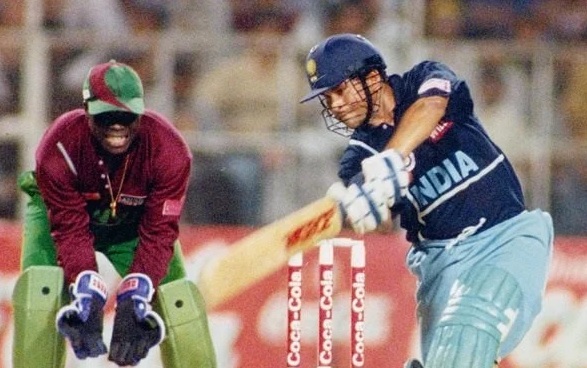
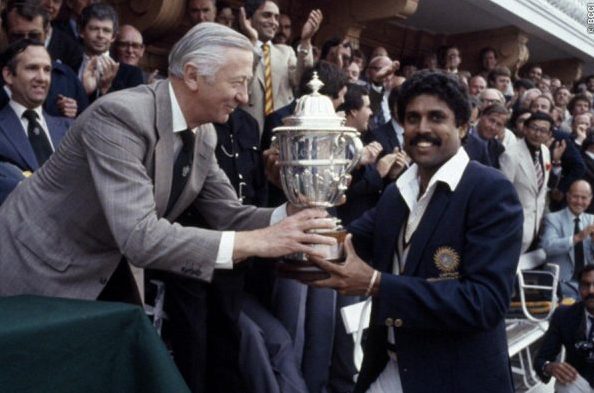
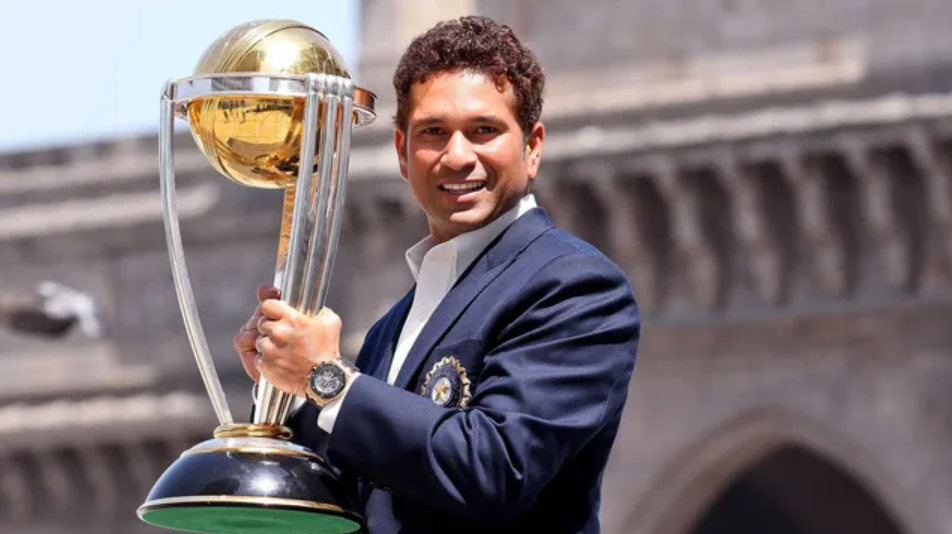
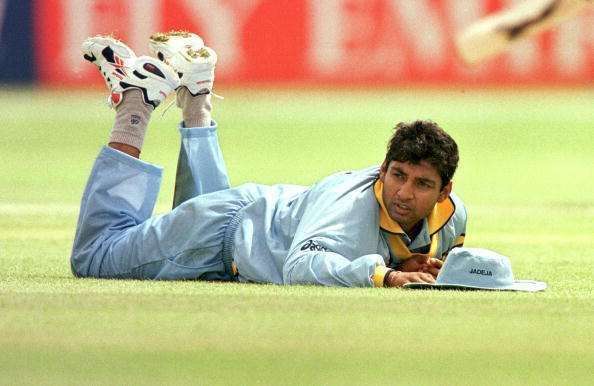
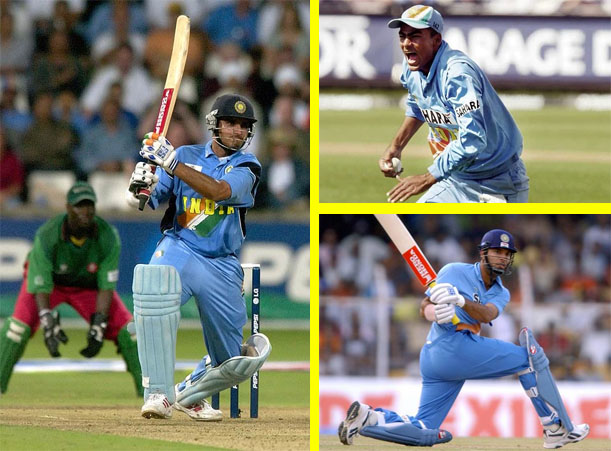
India then bulldozed her way into the 2003 ICC World Cup final, only to come up short against Australia. However, it was the signs of things to come, as the defeat would eventually lead to another spell of radical changes, with old guards being replaced by emerging young talents like Dhoni and Suresh Raina. The team entered the 2007 World Cup as favorites but failed to reach the second round.
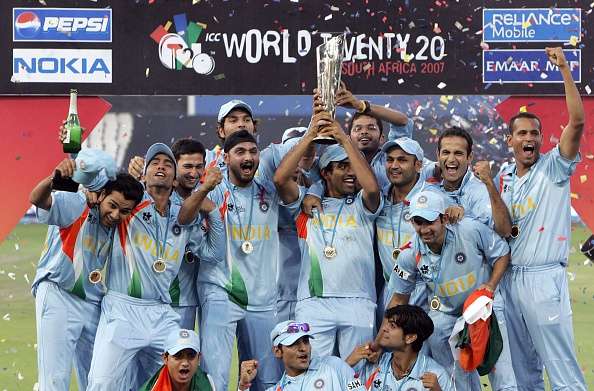
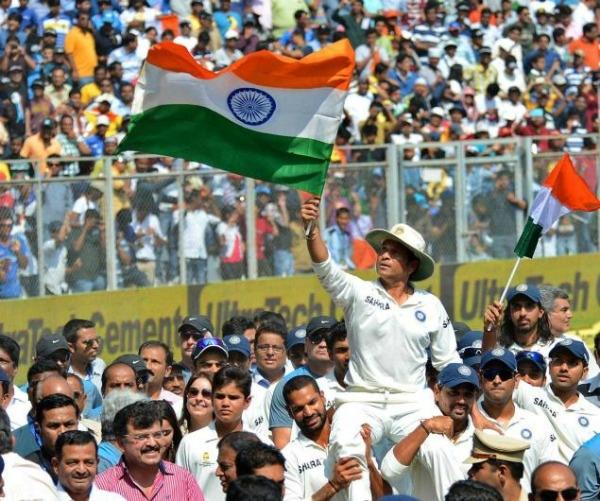
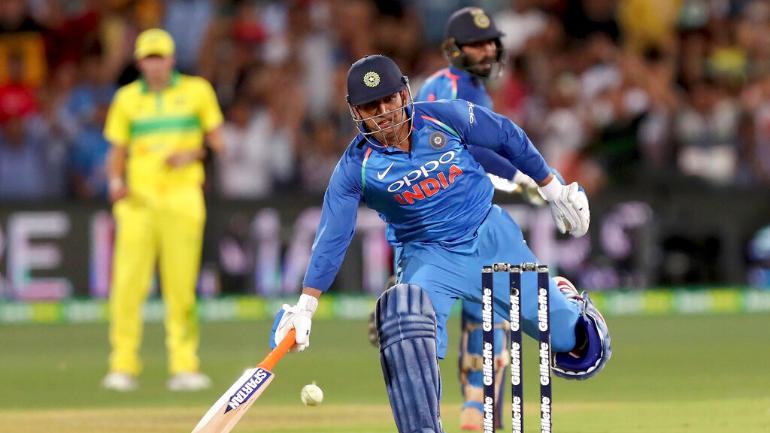
Famous with the name “Little Master” Sunil Gavaskar has been regarded as One of the best Test Cricketers in the World’s history along with one of the greatest test openers of all time. He was the first test cricketer to score 10000 runs in the Cricket history and his record of most centuries (34) was later broken by another Indian Legend Sachin Tendulkar.
Gundappa Viswanath
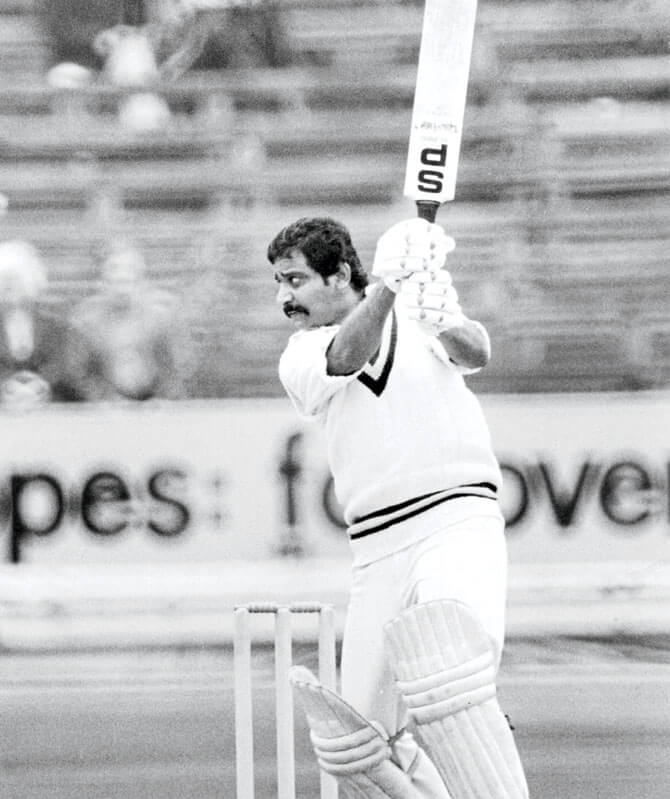
Gundappa Viswanath was one of the few players who has taken it all by themselves during the struggling years of Indian Cricket team in the late 70s. He was one of the outstanding performers who went on to score more than 6000 runs in 91 matches for the Indian cricket team.
Sourav Ganguly
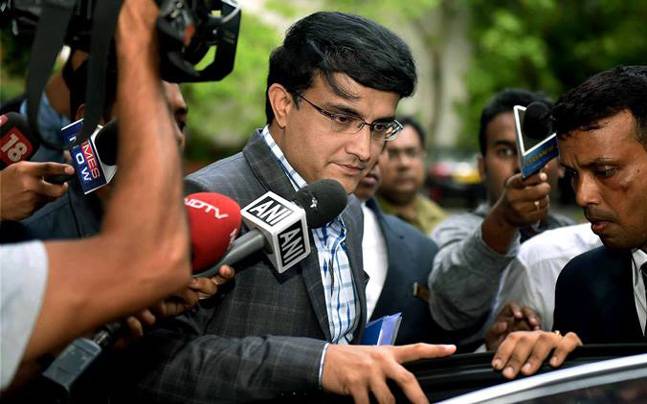
Sourav Ganguly was amongst India’s best captains till date and it has been widely said that the team and players which brought the World cup glory home to India were nurtured under his captaincy only. Being famous as an aggressive captain, Ganguly was also the second most run-getter for India in ODIs after Sachin Tendulkar.
Virat Kohli
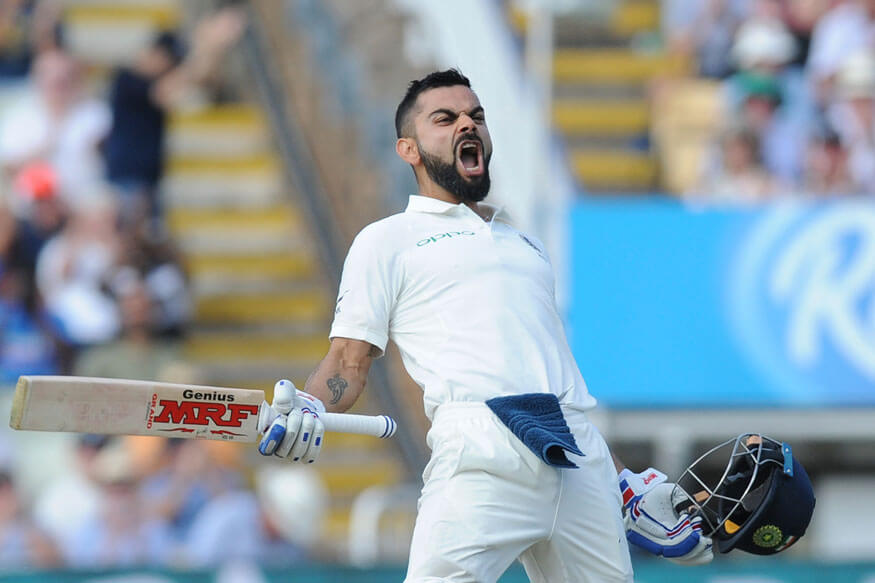
If there’s one player which can be termed as a modern-day cricketing legend, It’s Virat Kohli who has made almost every cricket lover his fan with some memorable Cricketing performances. His big list of records includes the fastest ODI century by an Indian, fastest batsman to score 5000 runs in ODIs along with the fastest man to score 10 ODI centuries. He is currently holding the top spots in both ODI and test matches and one of the only players to be expected to break Sachin Tendulkar’s record for most runs and centuries.
